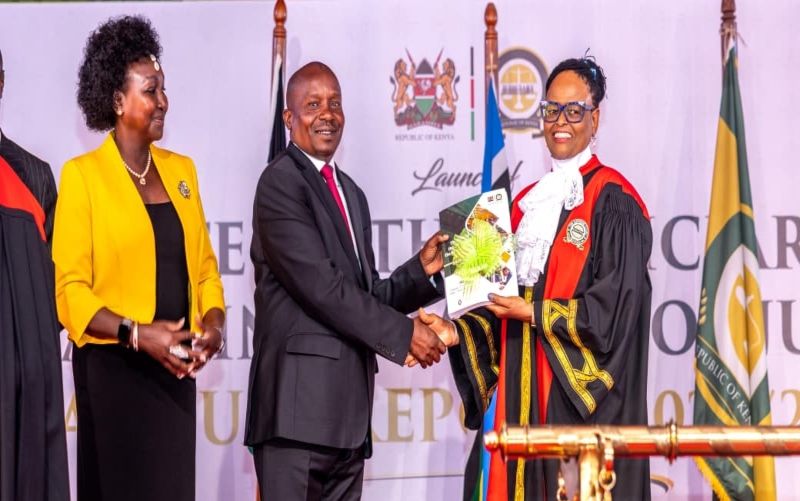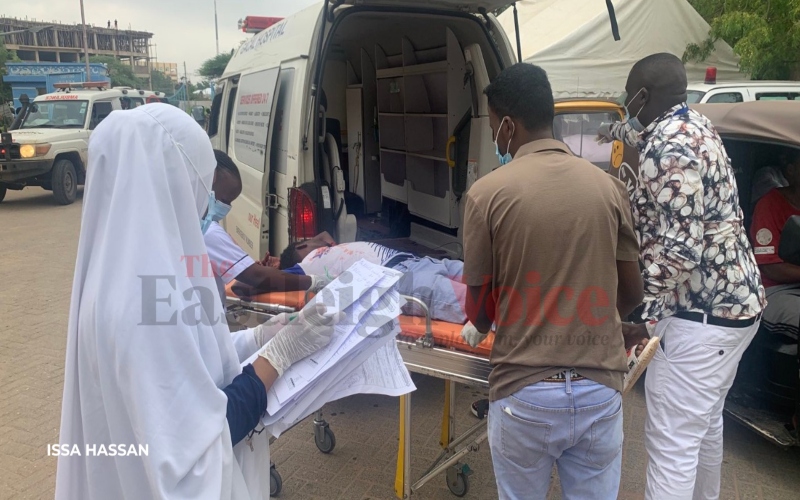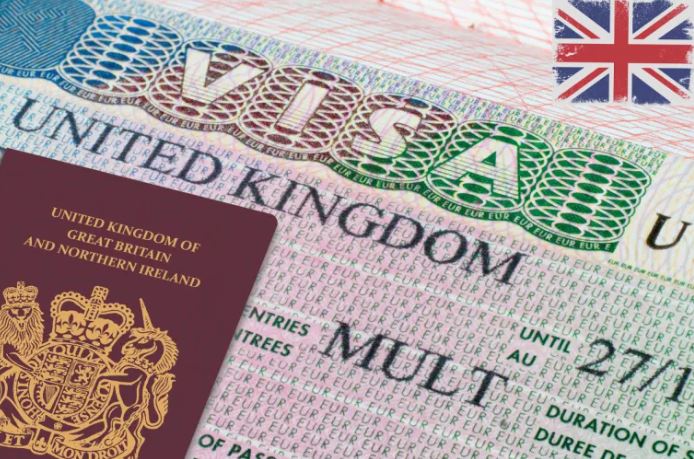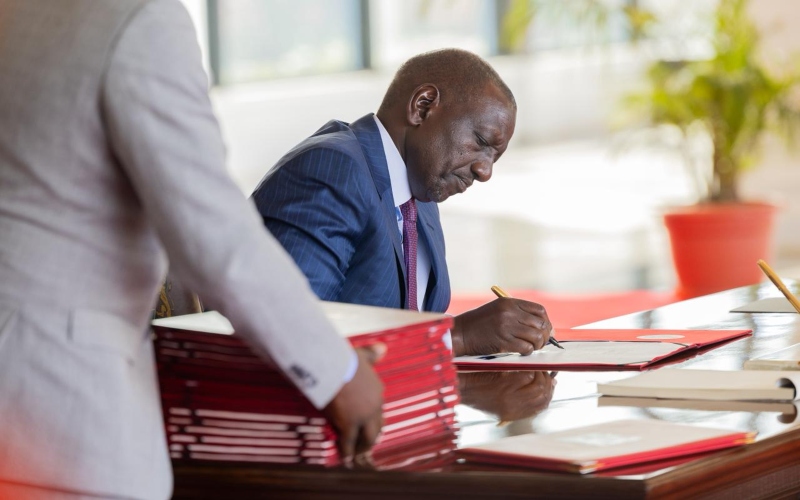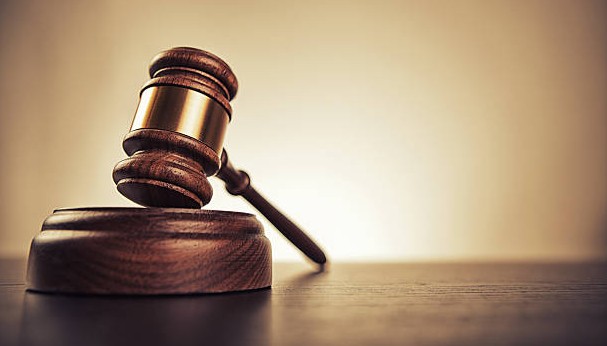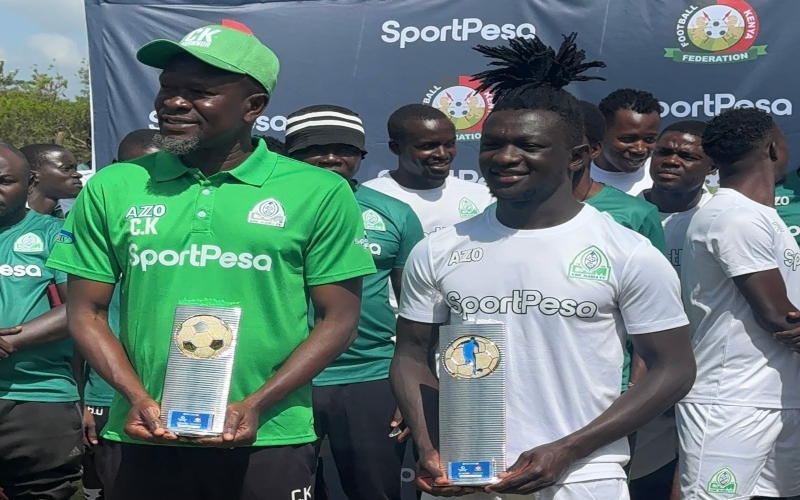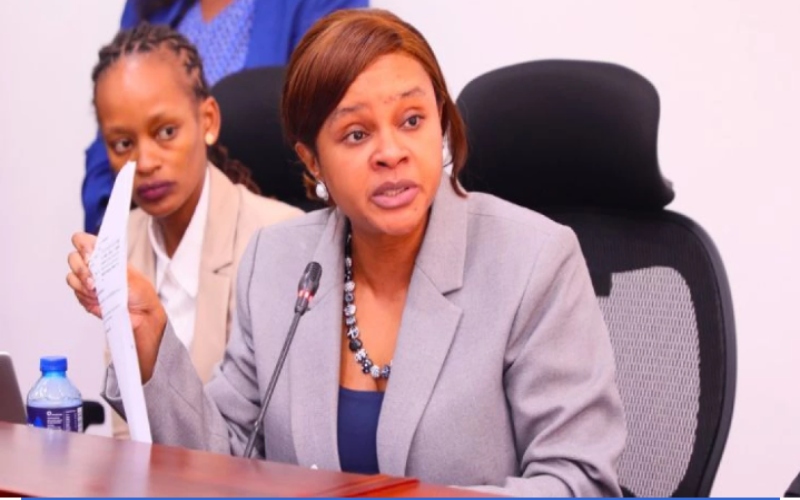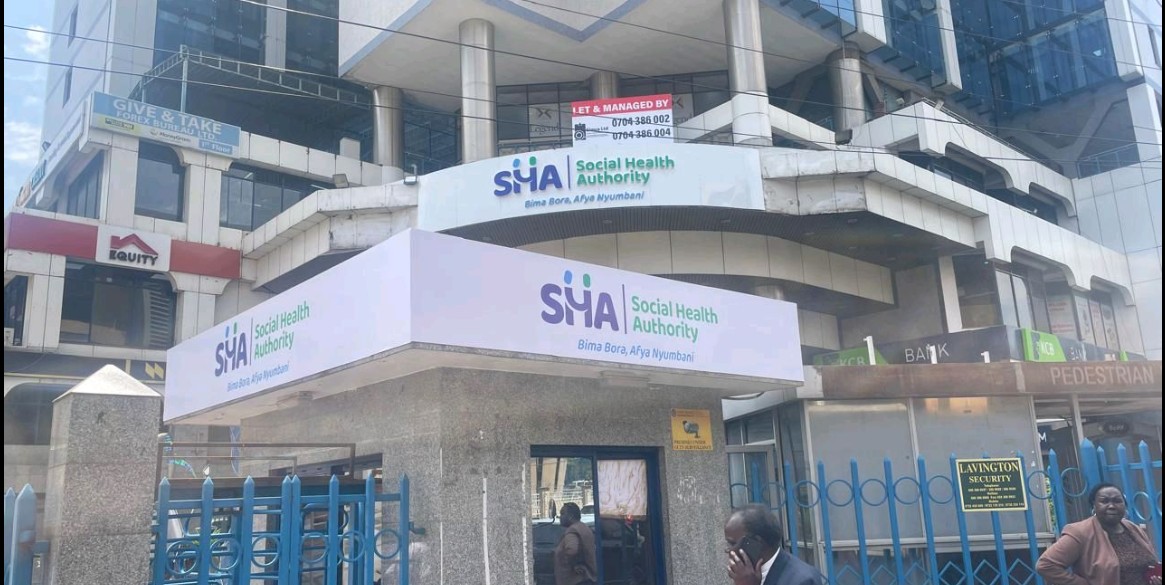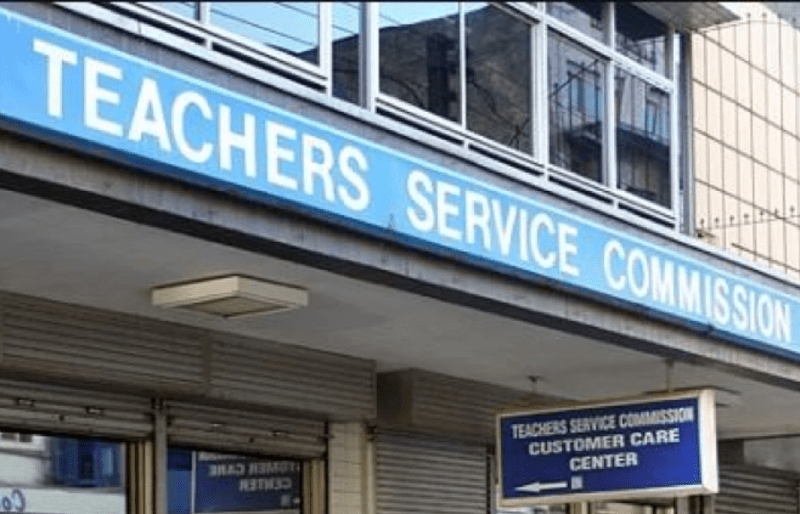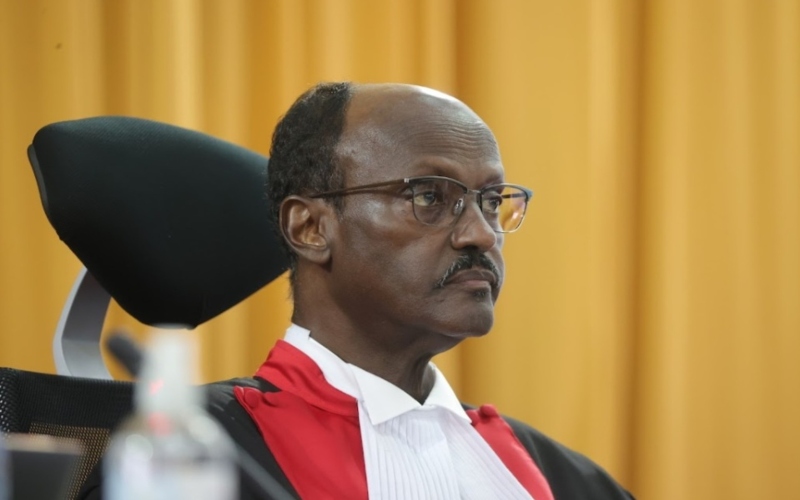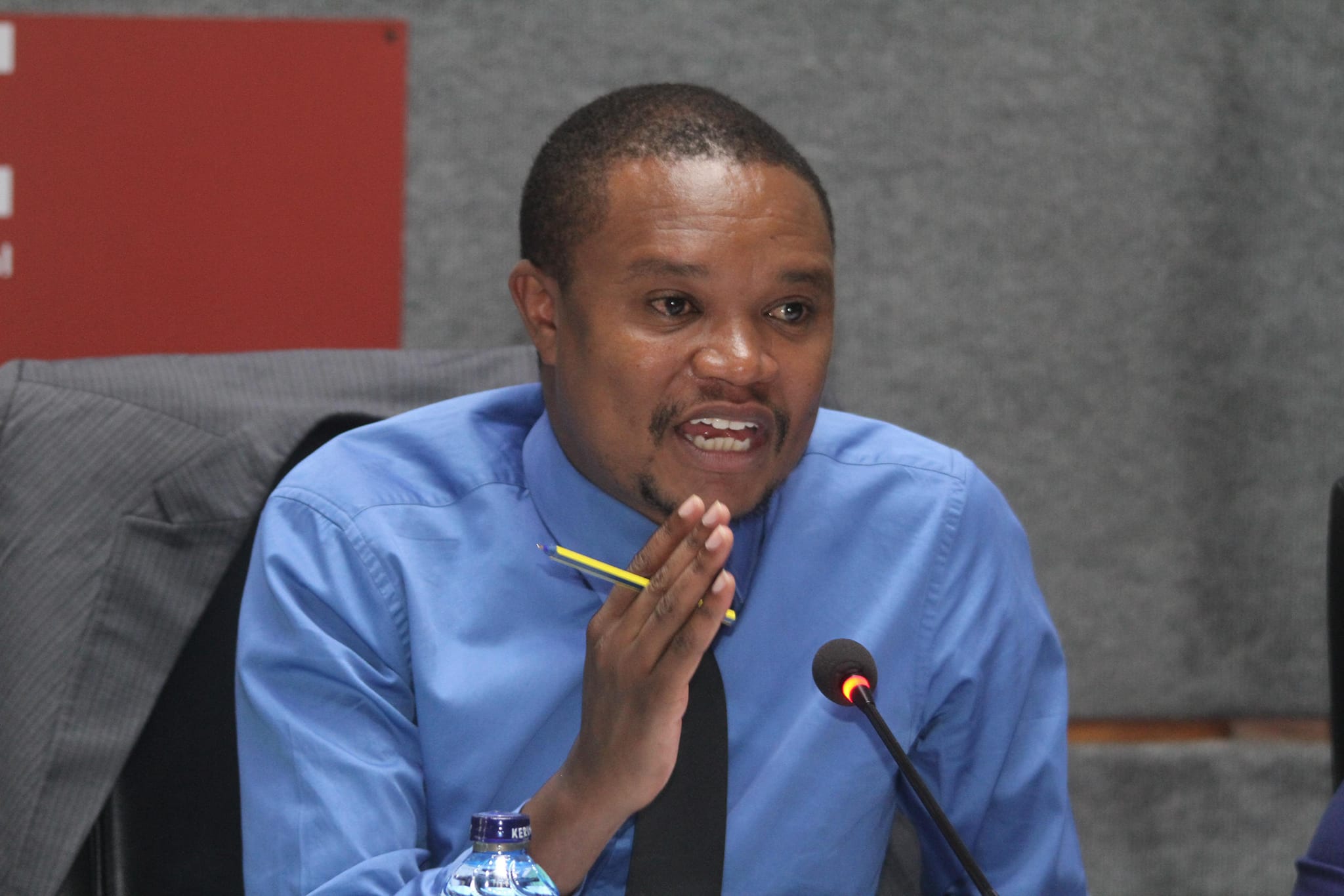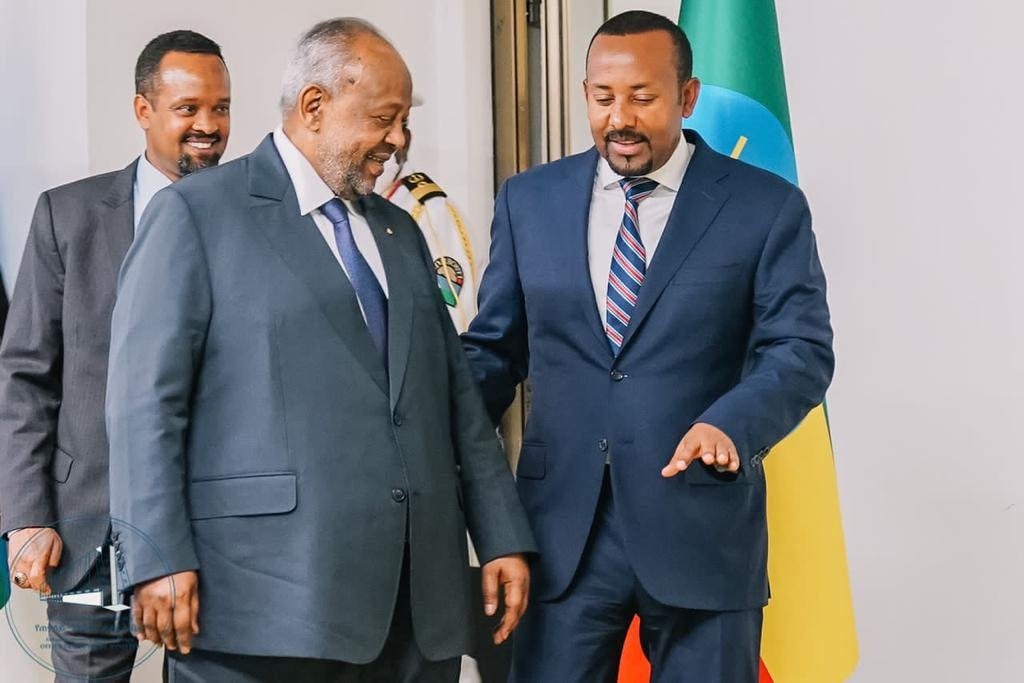Behind rebel lines: My 72-hour journey with M23 through Goma
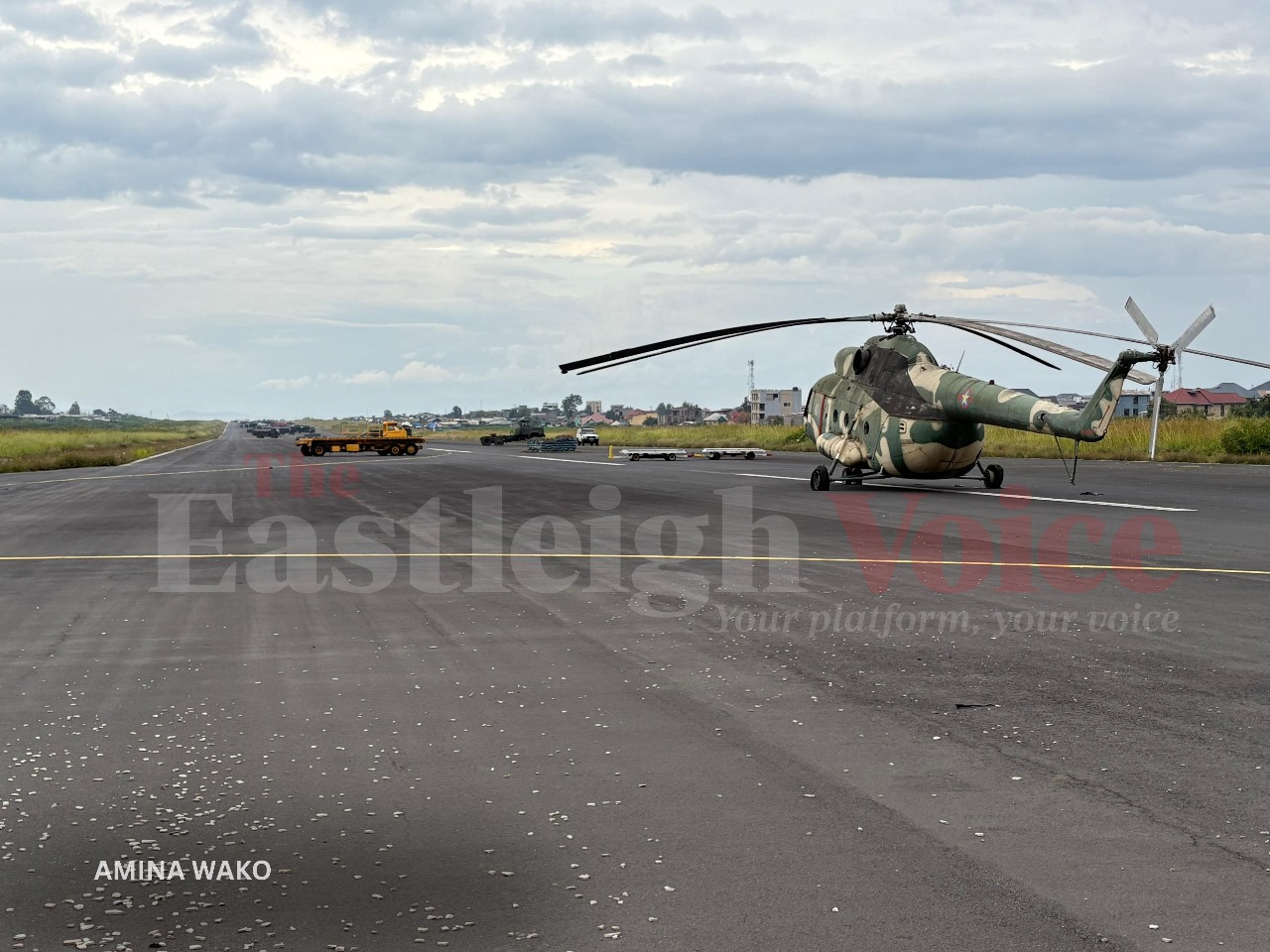
I expected ruin. Collapsed buildings. Blackened rubble. Bullet-scarred walls. Shell craters and twisted steel. I imagined a landscape frozen in grief, punctuated by silence and soot. The destruction I had envisioned wasn’t there. Sure, scars of conflict existed but they were subtle, shadowed by a city that had somehow refused to stop living.
I had always wanted to visit Goma.
The last time I was in Rwanda, staying at the Serena Hotel near Lake Kivu, I almost crossed over into the Congolese side. Almost. But fate had other plans. It wasn’t until May 2025 that I finally made it across.
More To Read
- Over 5,000 Rwandans stream back from DR Congo after Qatar peace agreement
- Curtain falls on Arsenal deal as Rwanda eyes US tourism market
- Francophonie leaders meet in Kigali to advance women’s leadership
- Goma airport can only be reopened by AFC/M23, say rebels
- Rwanda lifts eight-year ban on South African agricultural products
- DRC and Rwanda draft agreement to boost trade and investment
This wasn’t your typical sightseeing trip. We were heading into North Kivu to spend a few days with the M23 rebel group, a name that evokes both controversy and curiosity in equal measure.
M23 short for the 23 March Movement takes its name from a 2009 peace deal between the Congolese government and a former rebel group,National Congress for the Defence of the People (CNDP) and was established in 2012. But peace didn’t last. By 2012, M23 had taken up arms, accusing the government of failing to implement the agreement. Since then, the group has remained a powerful and polarising force in the Eastern DRC’s troubled landscape.
Now, when you hear the term “rebel group”, what comes to mind?
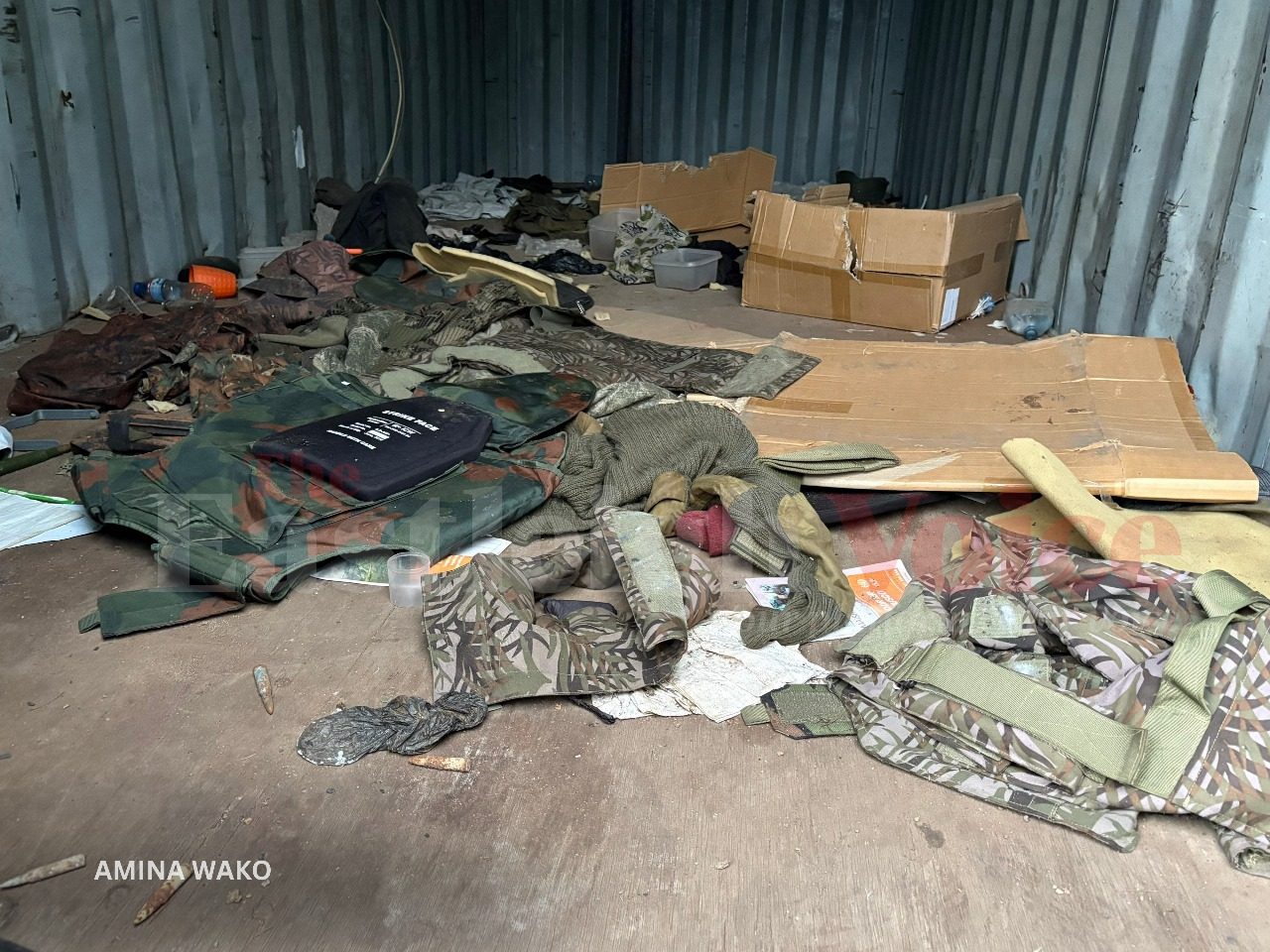
That’s what I expected. But my first encounter with M23 left me disarmed in the most unexpected way.
The moment my passport was stamped at the Goma–Gisenyi border post, the first person I met was Lawrence Kanyuka, M23’s political spokesperson.
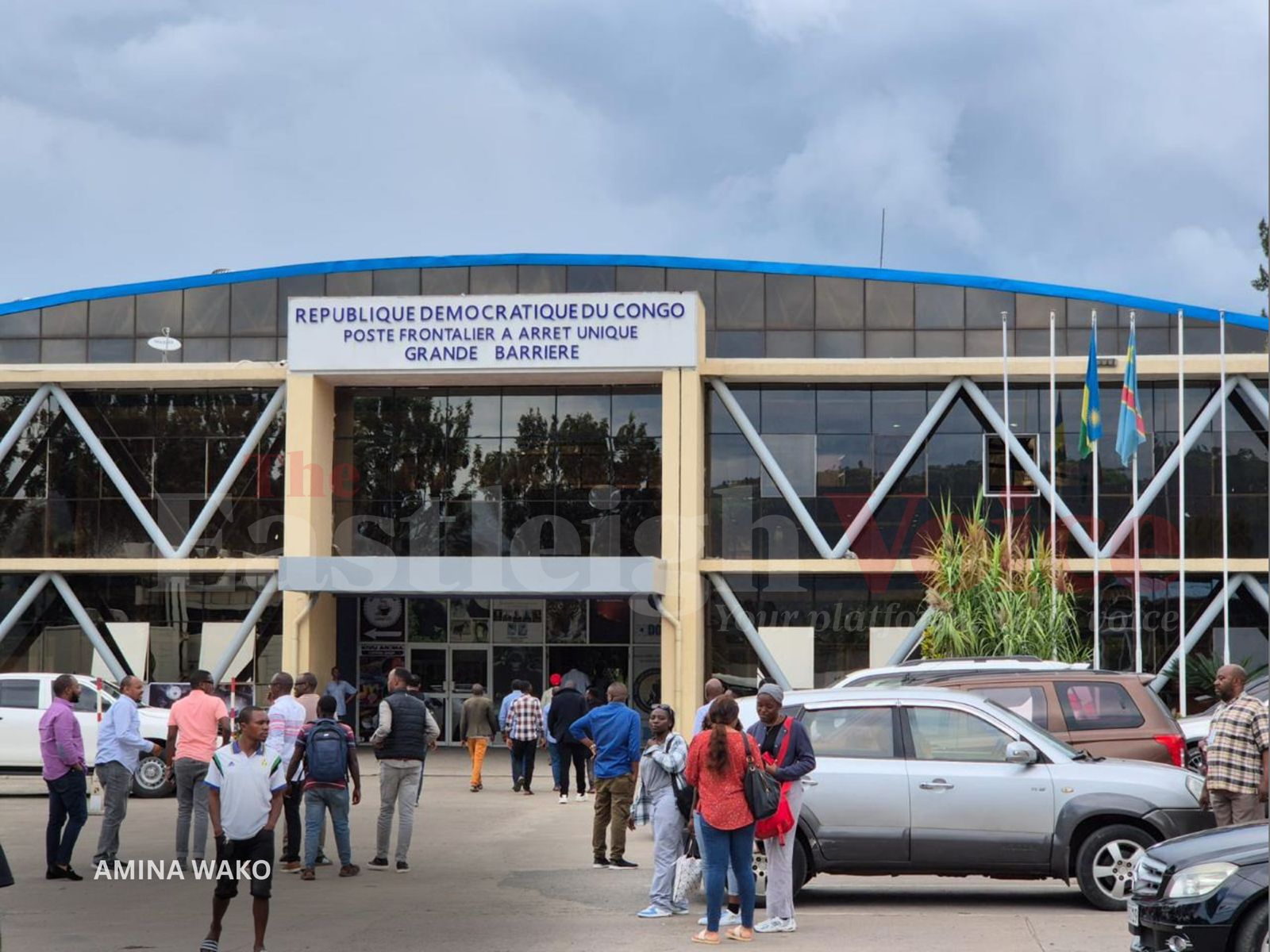
I recognised him instantly. Like many who follow the region, I’d seen his face across numerous press briefings during the recent resurgence of conflict. Still, I was taken aback by his stature.
“Lawrence, you mean you’re this tall?!” I blurted out, laughing. He laughed too. I couldn’t resist asking for a selfie. (I have a habit of collecting selfies with high-profile figures, though few ever make it to my timeline..
Nearby stood several M23 officers well-groomed, properly uniformed, and strikingly composed. It didn’t match the image I had built in my head.
Once our group was cleared, we boarded a bus bound for Serena Goma. As we drove into the city, something strange happened: it felt familiar.
The palm trees, bustling streets, and warm coastal vibe reminded me of Mombasa. The town was vibrant. Music thumped from shops. Smoke curled from street food vendors.
But my mind had been prepared for something else entirely.
Other Topics To Read

But Goma greeted us with colour and life.
The destruction I had envisioned wasn’t there. Sure, scars of conflict existed but they were subtle, shadowed by a city that had somehow refused to stop living.
Just outside the hotel, I saw a sign marked MONUSCO (United Nations Organisation Stabilisation Mission in the Democratic Republic of the Congo). A chill ran down my spine. These were the blue helmets I’d written about, seen in reports, and heard quoted in security briefings. Now I was watching them walk inside a compound just a stone throw away from where I was staying.
I checked in and headed to my room, which overlooked the vast expanse of Lake Kivu.
Lake Kivu is one of Africa’s largest freshwater lakes, majestic and serene, but layered with danger. Beneath its surface lies a cocktail of carbon dioxide and methane gas, trapped deep in the lakebed by geological forces. If disturbed, these gases could erupt in a rare but deadly phenomenon called a 'limnic eruption', suffocating life along its shores.
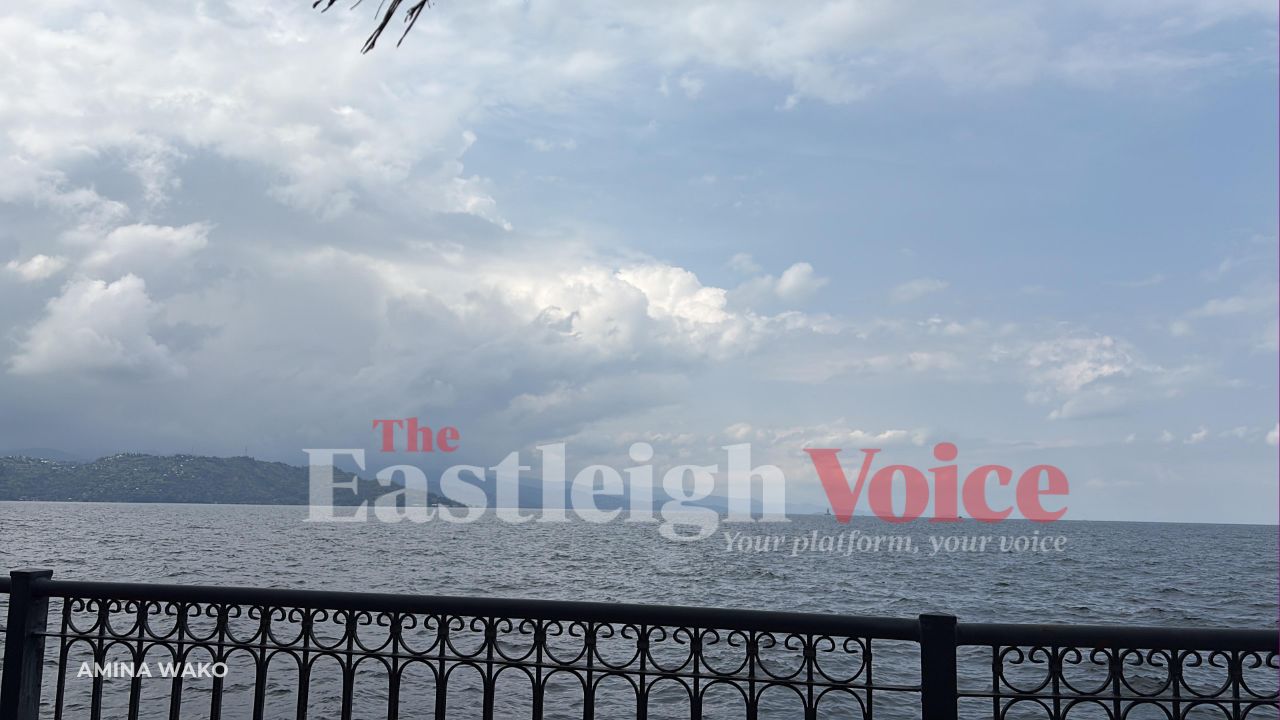
Yet locals live and thrive around the lake. It fuels fishing, tourism, and even energy. Rwanda has begun harvesting the methane to power electricity plants. Tourists still come for boat rides, kayaking, or simply to soak in the beauty. It’s a place where nature’s splendour walks hand in hand with potential peril.
After freshening up, we headed into Goma for a tour.
What struck me first was how casually Kanyuka drove himself. No convoy. No flashing lights. Just a man in a car navigating his city.
The streets buzzed with energy clean, orderly, and brimming with commerce. Markets thrived. Music played. Children laughed. And not once did it feel like a war zone.
That illusion broke when we reached Goma International Airport.
Captured by M23 on 28 January 2025, the airport had seen some of the heaviest fighting in the recent escalation, the worst since 2012. We were told not to step on the grass; landmines might still lurk there.
 Abandoned FARDC helicopter remains on the Goma Airport runway after M23 forces seized control of the facility. (PHOTO/AMINA WAKO)
Abandoned FARDC helicopter remains on the Goma Airport runway after M23 forces seized control of the facility. (PHOTO/AMINA WAKO)
I remembered a viral video showing white mercenaries who were captured by M23, with their weapons confiscated and their faces displaying shock. A booming voice shouted, “Don’t joke with M23. That is the army of the people. Move, move! Chap chap!” That voice belonged to Lt. Col. Willy Ngoma, M23’s military spokesperson, and today, he was our guide.
The runway was a graveyard of war. Discarded boots. Bullet casings. Helmets. Camouflage jackets. According to reports, the officers removed their uniforms and blended in with civilians to conceal their identities. An armoured vehicle appeared to have suffered a crushing during its retreat. Another stood frozen, engine still.
Then there was the aircraft.
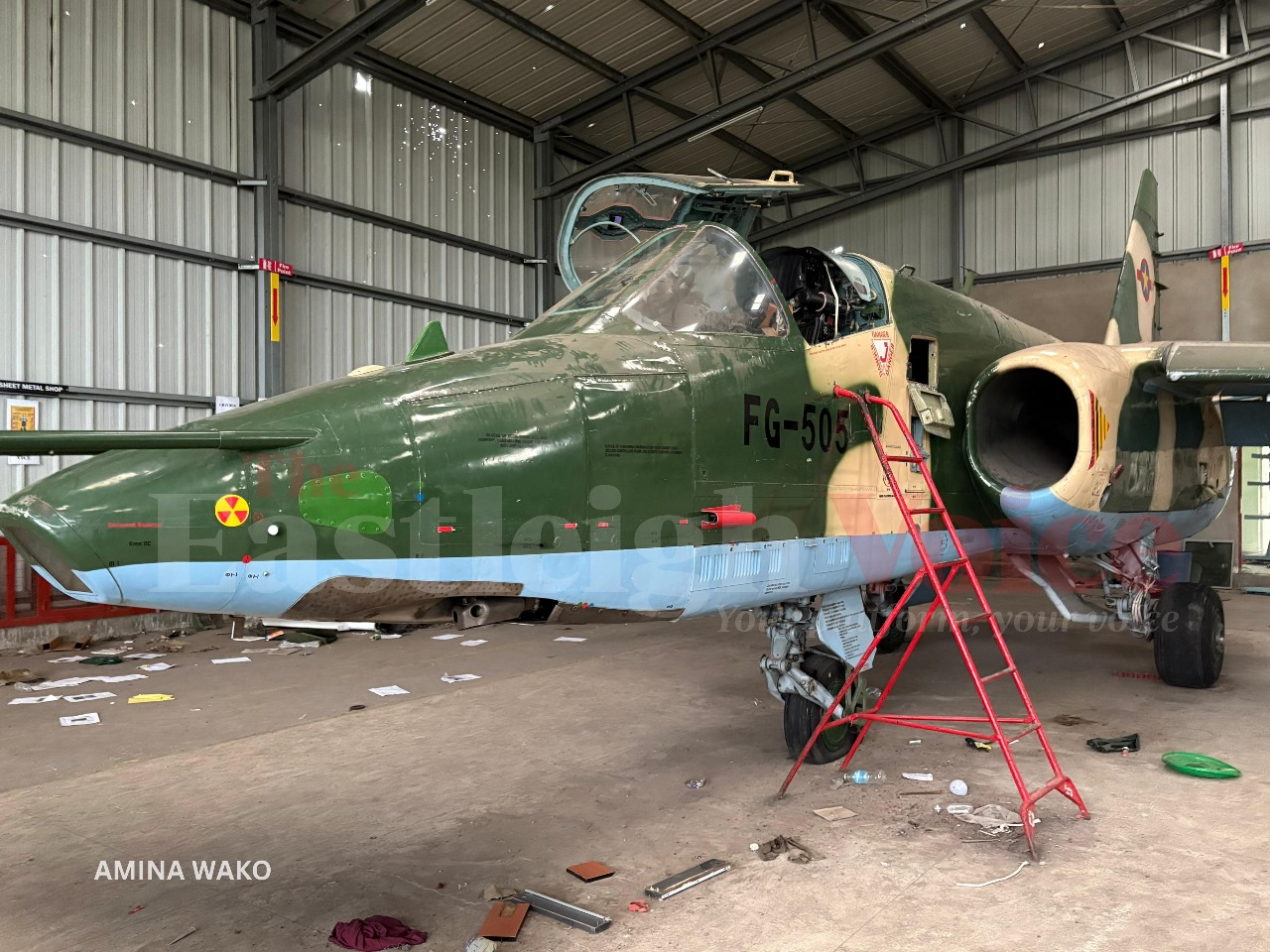
A Soviet-designed Su-25 "Frogfoot," which is used for ground attacks, was captured and is still sitting in the hangar, surrounded by debris. Some reports even suggested M23 had seized Ukrainian-made Bastion systems and heavy artillery.
I climbed into the back of a military Land Cruiser. The contrast hit me hard between the soft calm of Lake Kivu and the raw violence this tarmac had known just months earlier. It was uncomfortable, but it was also an honest glimpse of the daily reality of those tasked with securing this land.
We passed the nearby MONUSCO base. Through the fence, I could hear the laughter and music of the peacekeepers.
Later that evening, I sat down to dinner at the hotel, gazing once more at the peaceful lake. The restaurant was quiet. My group gathered at a long table and there was Kanyuka again, sitting with us.
I watched him eat fish, calmly and quietly. I chose steak. He said little, just nodded politely, and reminded us to be ready by 8 a.m. the next day.
As I headed to my room, exhaustion from the long, winding drive from Kigali set in. Rwanda truly is the Land of a Thousand Hills and my motion sickness hadn’t been kind.
I went to bed early.
The next morning at breakfast, a friend asked,
“How did you sleep?”
“Quite well,” I said, surprised even by my answer. “I didn’t wake up at all.”
He stared at me. “You weren’t worried about your safety?”
Only then did it dawn on me.
I was in Goma. A town the world had taught me to fear.
And yet, as I sat there with my tea, staring at the mist rising from the lake, I realised something:
I hadn’t felt unsafe. Not once.
The morning air in Goma was crisp and still. At exactly 9 a.m., we left the hotel, bound for Nturo village in the hills of North Kivu. As our convoy snaked through the town towards Sake, we passed groups of residents diligently sweeping streets and clearing paths in what locals call Salongo, a tradition of communal cleaning rooted in civic pride and public health.
What struck me most wasn’t the orderliness of it all but how unfazed the people were as our convoy of military vehicles passed by. Armed soldiers – it didn’t interrupt their rhythm. Life, it seemed, was learning to coexist with the presence of war.
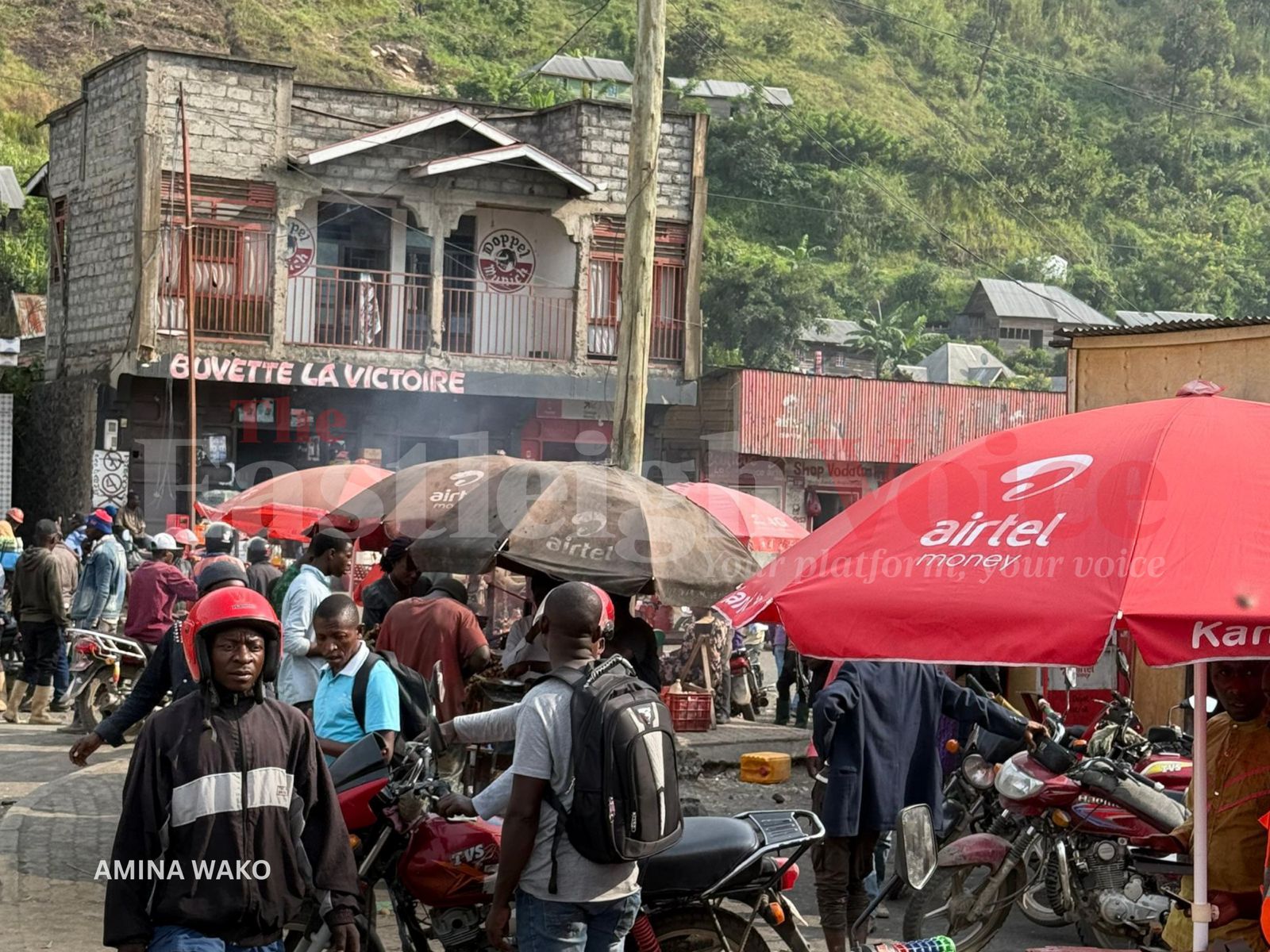
We were on our way to Nturo, a remote village that had endured numerous cycles of conflict and displacement. Once a peaceful home to Congolese Tutsi pastoralists, Nturo has faced three evacuations since 1994. The most recent was in October 2023, when a brutal attack left over 300 homes burnt and several civilians dead. Allegations point to a coalition of Armed Forces of the Democratic Republic of the Congo (FARDC) troops, Democratic Forces for the Liberation of Rwanda (FDLR) , local armed groups and, disturbingly, the passive presence of Burundian forces stationed just nearby.
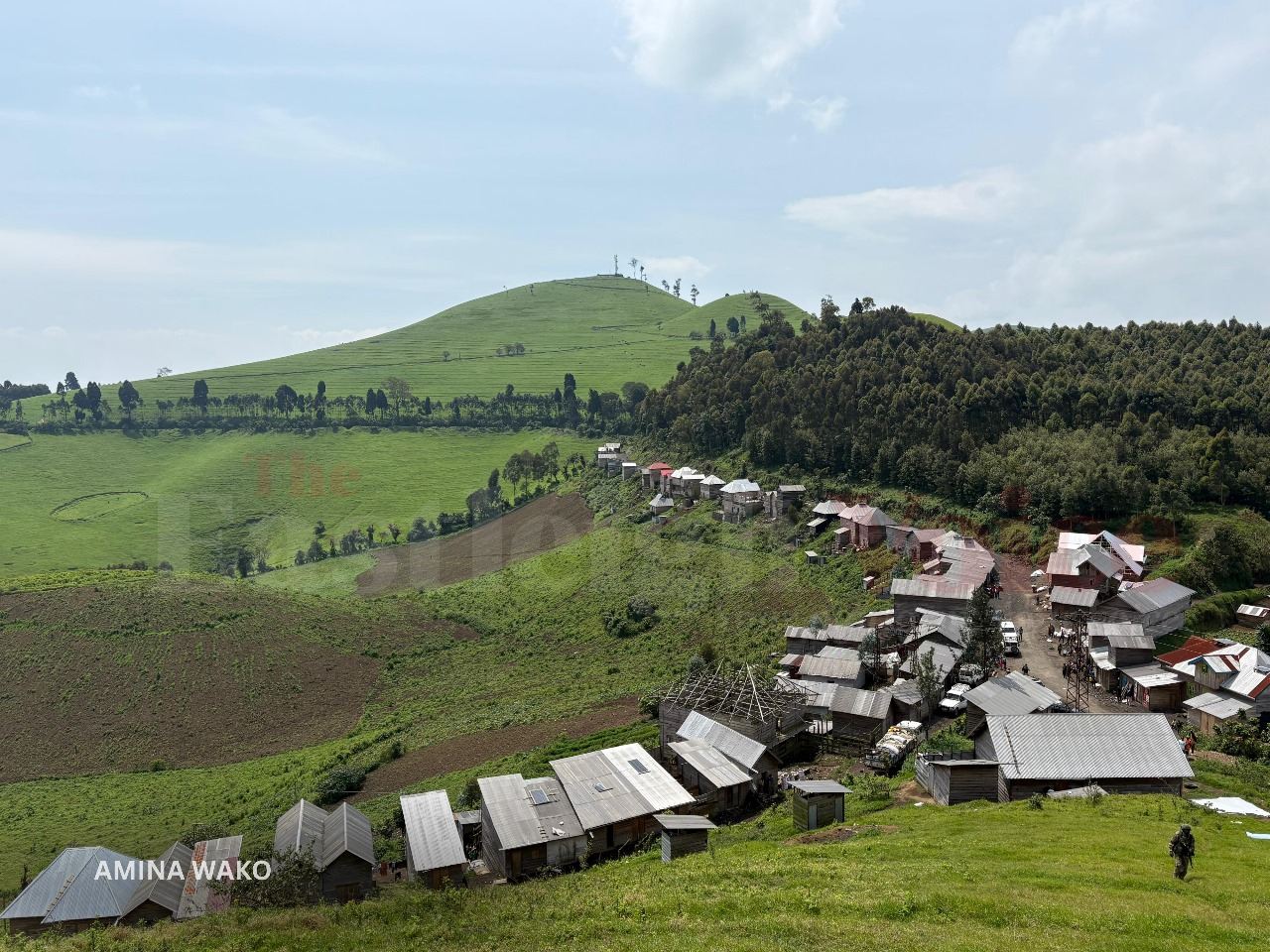
The journey to Nturo is only 80 kilometres, but the mountainous terrain and poor roads extended our trip to four exhausting hours. Remember the ride I had on the back of the military Land Cruiser within Goma airport? It was uncomfortable but there were army officers for over four hours enduring the poor roads and still holding tight to their guns and ammunition.
Yet, amidst the hardship, beauty thrived.
The lush mountains of eastern Congo rose gracefully, their slopes blanketed in thick, dew-kissed vegetation. Mist wove through the valleys, painting a dreamlike scene. It was almost easy to forget that this place was the setting of such devastating human suffering.
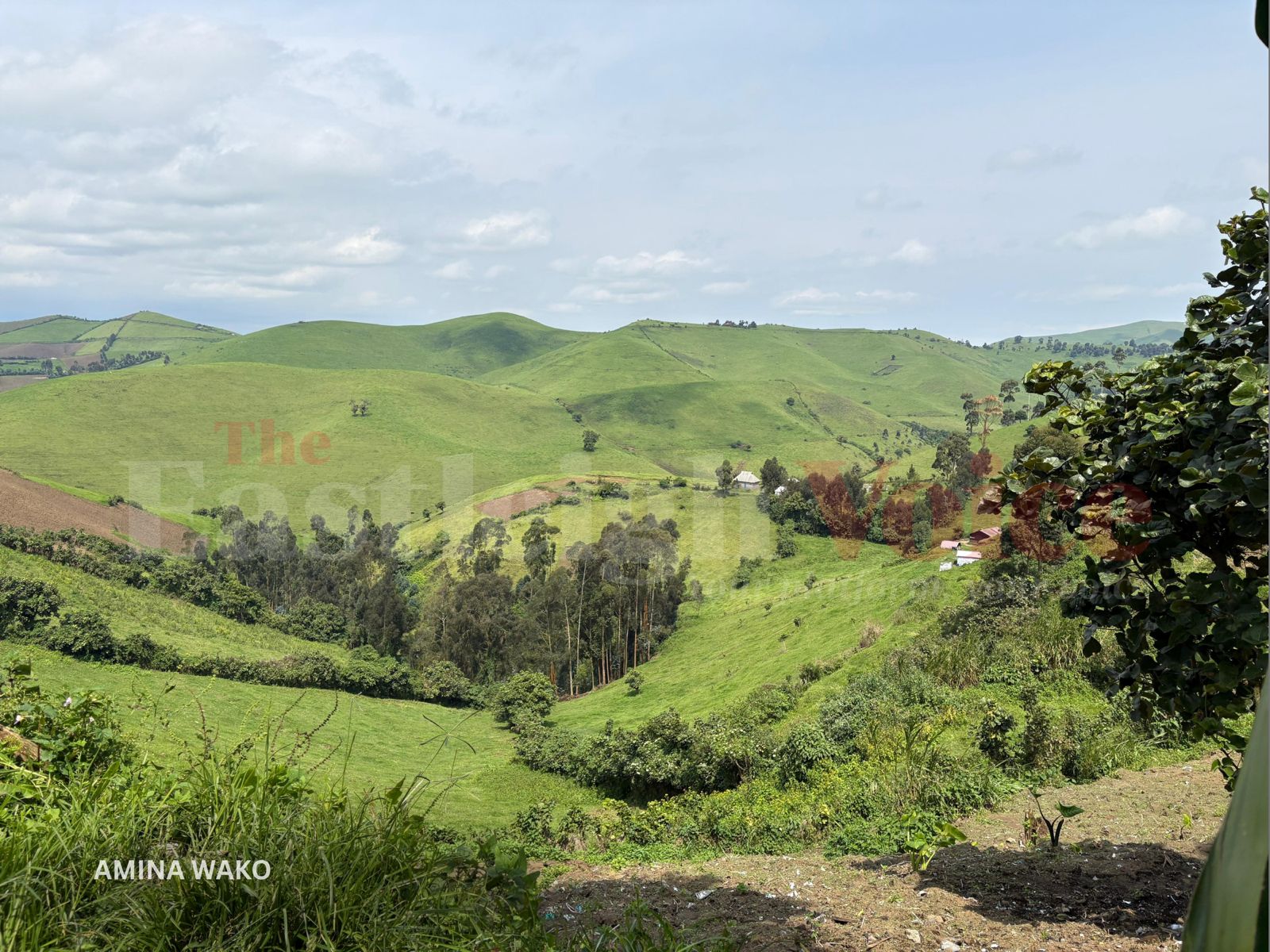
When we arrived in Nturo, I spoke with villagers who were quietly rebuilding their lives. I stood close enough to see the Burundian soldiers’ camp, a clear indication of the questions still left unanswered. Why hadn’t they intervened?
And yet, hope lived here too.
I chatted with residents in Swahili, drank maziwa mala (a local fermented milk known as ikivuguto), and even bought homemade cheese crafted from their abundant cattle. One young girl told me she wanted to become a journalist. She asked for my number so we could keep in touch. Her eyes didn’t reflect fear; they reflected ambition.
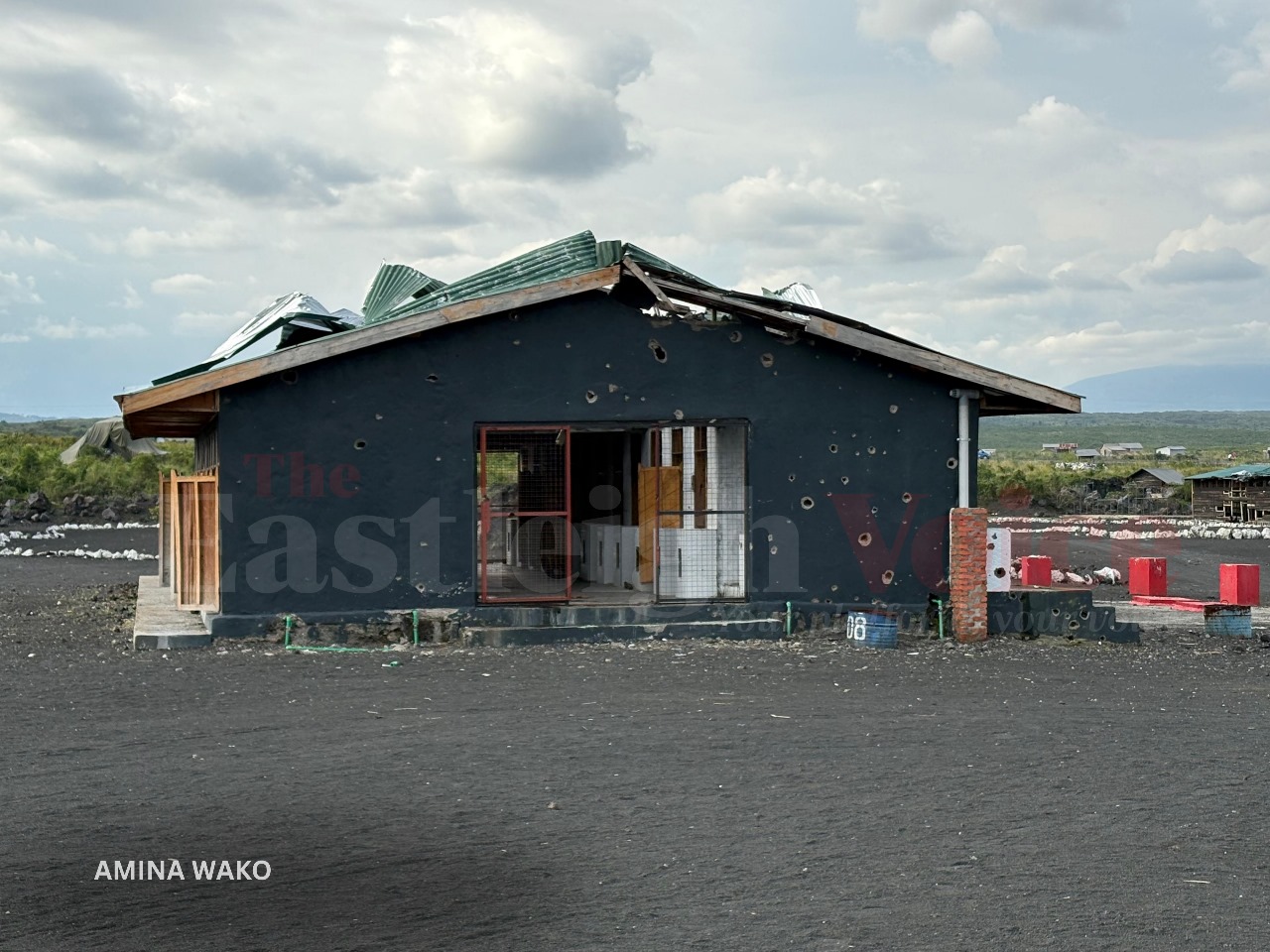
After two hours, we made our way back to Goma. We stopped briefly in Sake, a town that once hosted a major military base shared by MONUSCO, FARDC, and SAMIDRC ( Southern African Development Community Mission in the Democratic Republic of Congo). Now it stood hollow, the victim of heavy shelling and strategic oversight. Analysts had warned it was too exposed, and in January 2025, M23 rebels proved them right by seizing it.
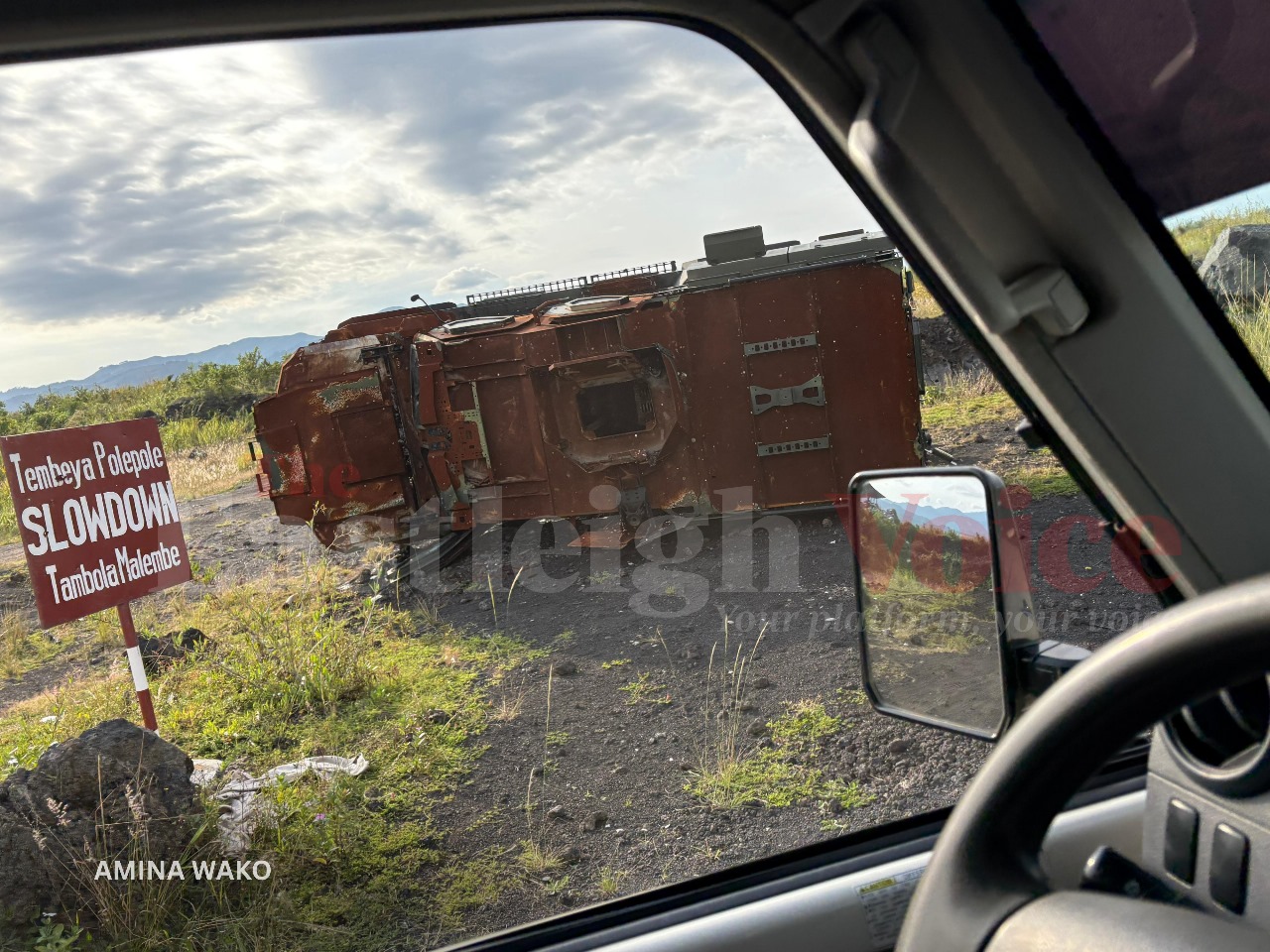
Back at the hotel, I had one more encounter: Bertrand Bisimwa, head of M23’s political wing. Security was tight. Even Kanyuka, usually armed, had been disarmed for the meeting. It revealed a great deal about the hierarchy and internal discipline within M23.
As we left Goma and crossed into Rwanda, we passed a long line of trucks, over 30, carrying SAMIDRC equipment out of the DRC. Their mission had ended. They were going home.
And I was left with a sense of something deeper: a land haunted by war, yes, but still humming with life, community, and quiet defiance.
Top Stories Today
